Hearing Devices
Bone Conduction
Better Hearing
bone conduction hearing devices
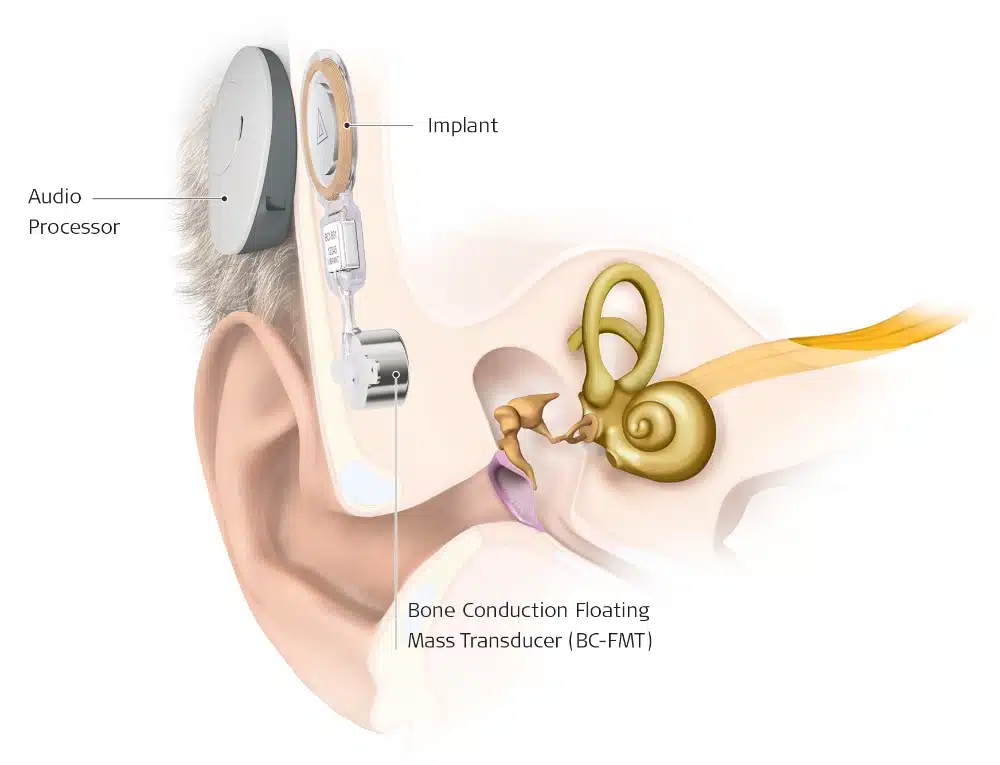
A bone conduction hearing device may be recommended by one of our specially trained audiologists when a traditional approach to hearing amplification may be unsuitable.
Typically, this is in situations such as:
- Chronic middle ear disease: chronic ear infections that result in persistent discharge from the ear make it difficult to wear a traditional hearing aid that needs to sit in the ear. Under this circumstance, a hearing aid worn in the ear could make the infection worse or damage the hearing aid.
- Malformation of the ear canal or middle ear: malformations of the outer ear or ear canal can make it difficult to wear any kind of conventional hearing aid that sits in the ear canal.
- Unilateral sensorineural hearing loss or single sided deafness: Hearing loss that is in one ear only is traditionally addressed using two hearing aids known as a Cros system. This involves the device fitted to the poorer ear acting as a microphone and transmitter to send sound across to a second hearing aid worn on the good ear, where the sound from the poorer side will then be heard. A bone conduction device can do the same job of sending sound from the poorer side to the better hearing ear, but with the use of only one device, instead of two.
To determine your suitability for any bone conduction hearing device, we will perform a comprehensive assessment that usually takes 1 hour, and typically includes:
- A comprehensive case history and hearing assessment
- Speech perception testing in quiet and in noise
- Discussion of amplification options- traditional hearing aids versus bone conduction solutions
- Counselling regarding outcomes and expectations
- Discussion around funding pathways
Should this appointment suggest that you are a potential candidate for surgical bone conduction devices, a medical referral will be arranged with your GP to assess whether this could or should be fitted surgically.
Should you be deemed a suitable candidate for surgery, our audiologists will also recommend a non-surgical trial of a bone conduction hearing device. The trial is made possible by securing the device with a headband, which is how a non-surgical device would be fitted and worn. Alternatively, you may proceed to trial non-surgical options without medical referral.
Whilst there are fewer manufacturers of bone conduction hearing devices compared to traditional hearing aids, you will still be presented with a choice of device. As an independent audiology clinic, we offer, fit, and support the complete range of bone conduction hearing devices available in Australia. Currently, there are three manufacturers of bone conduction systems that are registered for use with the Australian register of Therapeutic Goods:
- Cochlear Ltd
The Cochlear Attract and Cochlear Connect implants with the BAHA sound processors. - MED-EL
Bonebridge and Vibrant Soundbridge middle ear implants with SAMBA 2 processor. ADHEAR the non-surgical ‘stick on’ system. - Oticon Medical
Bone anchored hearing system (BAHS) and PONTO sound processor.
Victorian Hearing is proud to be an independent audiology practice, with access to sound processors and fitting software from all three manufacturers. Regardless of your choice of bone conduction hearing device, our audiologists have the expertise and access to all the appropriate technology to provide optimal support and success.
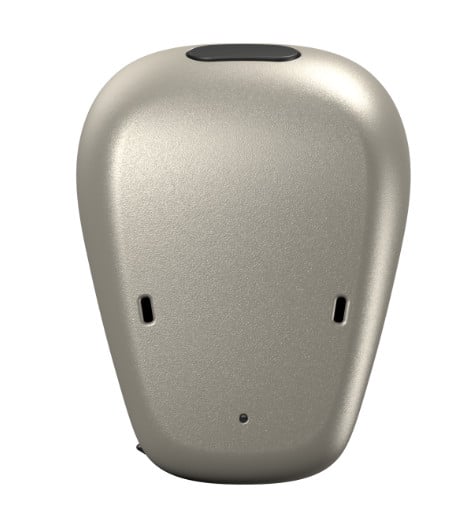
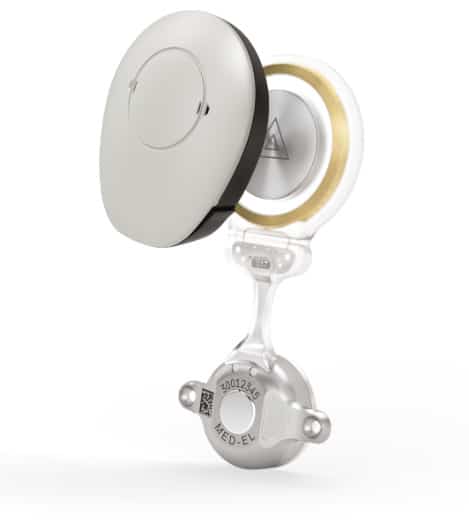
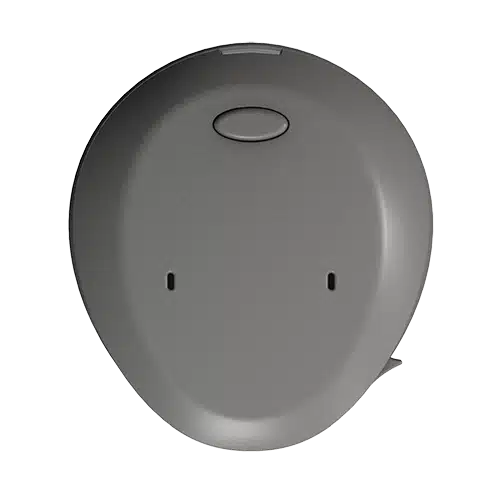
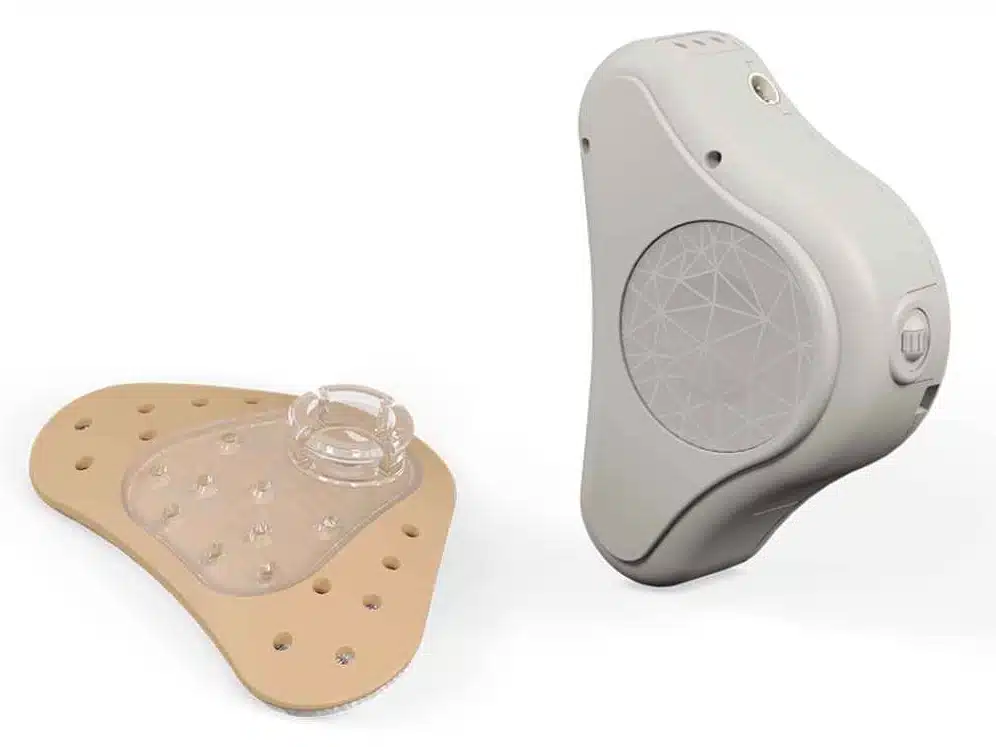
Healing time is 6-8 weeks, after which the sound processor can be attached, and amplified sound will be heard!
Those with private health insurance can get their device funded by their insurance provider should they have the appropriate level of cover with no out-of-pocket expenses other than the surgeons and anaesthesiologist fees.
The Audiologists at Victorian Hearing are specialists in evaluation of the right type of hearing device for you, including candidacy assessment for bone conduction hearing solutions. Book your appointment today to find out of bone conduction hearing devices are the right solution for you, or call us on 03 9558 8842
